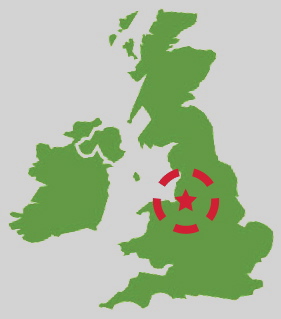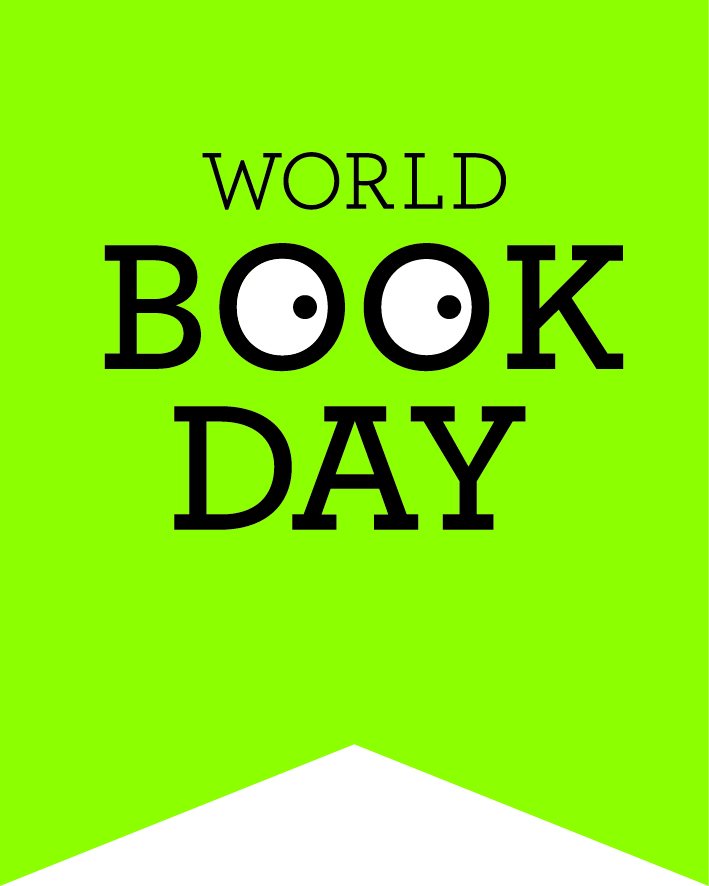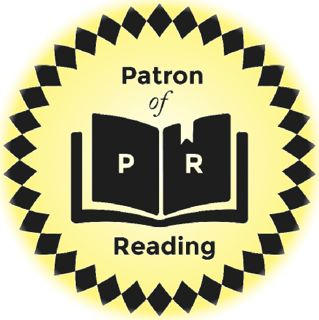
2. The day I learned to read
A visit to a stilt house
I was born in Wolverhampton, a large industrial city in the West Midlands of England ...
I lived with my mum, dad and sister, who was three years younger than me. We had a Boxer dog called Tina, a hamster called Hammy and lots of gerbils.
On the other side of the garden fence was a farmer's field where two horses lived. I liked to stroke them when they poked their heads into our garden. But then the farmer sold the field and the horses moved away. One day there was lots of noise coming from the field as big machines started to dig it up, and very soon it was covered in new houses.
One of my clearest childhood memories is learning how to read. I was at Warstones Infant School and was six or seven years old. No matter how hard I tried, I was struggling to make sense of the squiggly marks printed on the pages of books, or chalked on the classroom blackboard.
I didn't know it at the time (it was the mid-1960s), but I was being taught to read using the 'look and say' method, where children looked at whole words then said them. The idea was that if children repeated words enough times they would memorise them, and that would teach them to read. The other children in my class seemed be doing well, but it wasn't working for me. I was not learning to read using the 'look and say' method.
Mum and dad thought they could help. They sent me to stay with an uncle and aunt, at Symonds Yat, a village on the River Wye, Herefordshire. Their wooden house stood on stilts at the river's edge (you can see their 'stilt house' circled in the photo on this page). If the river flooded, the water came right up under the house, and sometimes inside it. It was the first time I had been away on my own, and it was a real adventure.

My aunt was a retired teacher, and by using her phonics cards, where words with similar sounds appeared in long lists (blue, black, blouse, for 'bl' sounds, and so on), she patiently helped me with my reading.
Phonics was out of favour in schools at this time, replaced by the 'look and say' method. My aunt was having none of this. For years she'd taught children to read using phonics, and if it worked for them, it would work for me. And, thankfully, it did.
The boy who had struggled with reading became a good reader, and by the time I was ready to move from infants to juniors (from Year 2 to Year 3 today), my teacher, Miss Barbara Martin, said this in my end-of-year infant's report:
Reading: Fluent
Writing: Untidy
Spelling: Good
Number: Average
They say you never forget your teachers, and I haven't. You'll find out about my junior school teacher on page 3.






